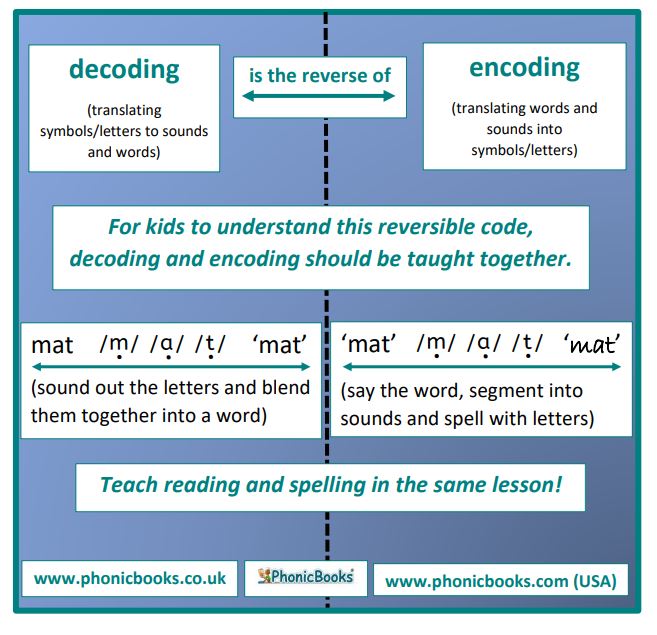

Although a limited amount of high-quality experimental or control studies to date (N = 11) give empirical support to using direct, explicit encoding instruction to increase the reading and spelling abilities of those students at risk for literacy failure, the benefits of integrating this instruction into current reading curriculums warrant further consideration. Journal of Psycholinguistic Research Springer Journals Although connectionist models provide a framework explaining how the decoding and encoding abilities work reciprocally to enhance reading and spelling ability, encoding instruction in today’s schools is not a priority.

This may be attributed to differences in speed of picture identification. However, the phonemic priming effect was observed at a later SOA in illiterates compared to both ex-illiterates and university students. The results thus show that phonemic representations intervene in phonological output processes independently of literacy. All participants named pictures faster with phoneme-related word distractors than with unrelated word distractors. In the phoneme-related condition, auditory words shared only the first phoneme with the target name.

We specifically assessed the ability of the three populations to use fine-grained, phonemic units in phonological encoding of spoken words. Ex-illiterates and university students were also tested. Participants named pictures while hearing distractor words at different Stimulus Onset Asynchronies (SOAs).

We examined phonological priming in illiterate adults, using a cross-modal picture-word interference task. Ventura, Paulo Kolinsky, Régine Querido, José-Luís Fernandes, Sandra Morais, José Is Phonological Encoding in Naming Influenced by Literacy? Is Phonological Encoding in Naming Influenced by Literacy?


 0 kommentar(er)
0 kommentar(er)
